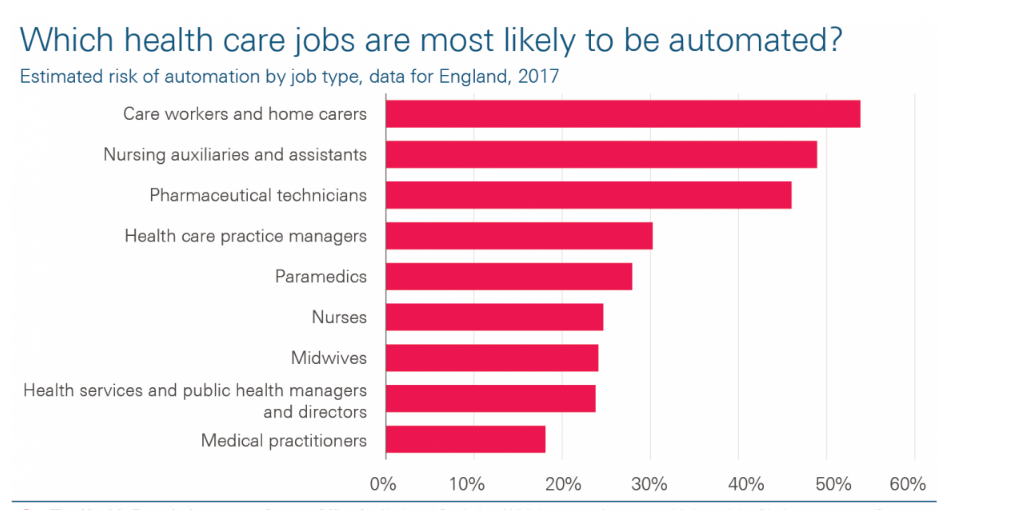Woodcock, T., Liberati, E.G., Dixon-Woods, M. (2021). BMJ Quality Safety. 30. 106–115.
This article published in the BMJ Quality and Safety uses data from a mixed-methods independent evaluation of a nine-site UK patient safety improvement programme to report on clinical teams’ experiences of using locally selected measures. The researchers aimed specifically to describe their experiences of planning and conducting measurement activities, collecting data and analysing and interpreting data for their improvement projects.
Abstract
Objective Measurement is an indispensable element of most quality improvement (QI) projects, but it is undertaken to variable standards. We aimed to characterise challenges faced by clinical teams in undertaking measurement in the context of a safety QI programme that encouraged local selection of measures.
Methods Drawing on an independent evaluation of a multisite improvement programme (Safer Clinical Systems), we combined a qualitative study of participating teams’ experiences and perceptions of measurement with expert review of measurement plans and analysis of data collected for the programme. Multidisciplinary teams of frontline clinicians at nine UK NHS sites took part across the two phases of the programme between 2011 and 2016.
Results Developing and implementing a measurement plan against which to assess their improvement goals was an arduous task for participating sites. The operational definitions of the measures that they selected were often imprecise or missed important details. Some measures used by the teams were not logically linked to the improvement actions they implemented. Regardless of the specific type of data used (routinely collected or selected ex novo), the burdensome nature of data collection was underestimated. Problems also emerged in identifying and using suitable analytical approaches.
Conclusion Measurement is a highly technical task requiring a degree of expertise. Simply leveraging individual clinicians’ motivation is unlikely to defeat the persistent difficulties experienced by clinical teams when attempting to measure their improvement efforts. We suggest that more structural initiatives and broader capability-building programmes should be pursued by the professional community. Improving access to, and ability to use repositories of validated measures, and increasing transparency in reporting measurement attempts, is likely to be helpful.
[Full paper] A mixed-methods study of challenges experienced by clinical teams in measuring improvement



